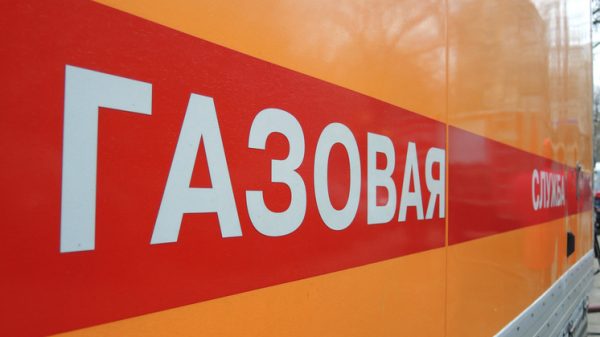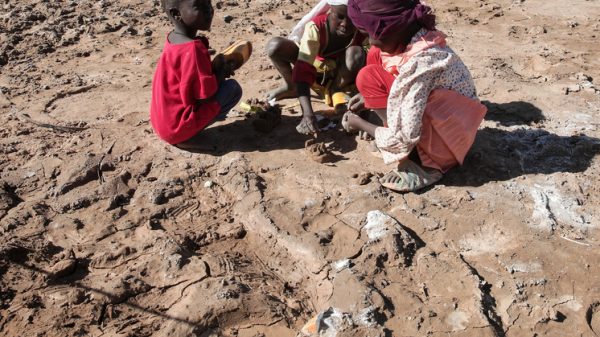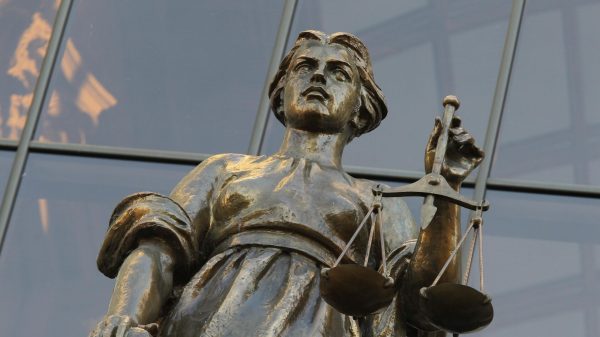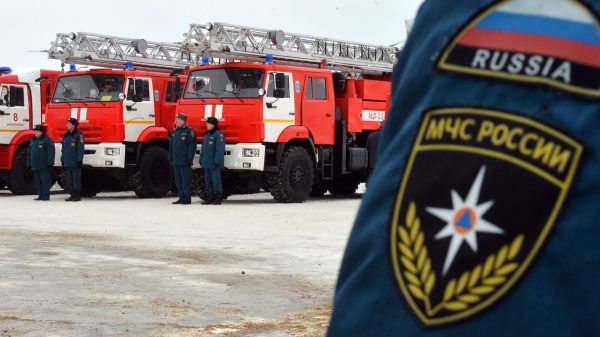The foreign exchange market is waiting for a cooling after the presidential elections. On March 15, the ruble began to weaken noticeably immediately after the start of trading. At the end of the day, the dollar surpassed the 93 ruble mark, almost reaching the February highs. The euro on the Moscow Exchange began to cost more than 101 rubles, in 2024 this is still a record. There was no obvious news for such a reaction. Promsvyazbank associated the trend with the elections: some investors, in their opinion, decided to wait out the weekend in harder currencies.
What will happen to the ruble now, said Digital Broker analyst Natalia Pyryeva: “What we observed on Friday can be associated with the elections. It is unlikely that this has any macroeconomic basis; the psychological factor is more influential, and investors thus prefer to diversify their risks. Taking a broader view, there are reasons for the ruble to continue to weaken in the future. The main factors that influence the exchange rate are foreign trade data.
The Bank of Russia presented its updated estimates. Indicators for January were revised for the worse. The updated data for February also remains quite weak. On the other hand, there are imports. Consumer sentiment remains quite active, expenses continue to grow, which, in fact, leads to a shortage of foreign currency in the domestic market.
There is no particular reason to expect significant weakening until the end of March. At the end of the month there will be tax period, and then things will get more interesting. We expect that the ruble will be able to overcome the level of 93-94 rubles. and reach 95-100 rubles.
The first important horizon is, of course, April. At the end of this month, the decree on the mandatory sale of proceeds ends. There are still disagreements in the government structures on this matter. The government is in favor of an extension, the regulator is against it.”
The Central Bank will be able to influence the exchange rate as early as this week. A meeting of the board of directors on the key rate is scheduled to take place on March 22. At the February meeting, the Central Bank took a break for the first time in six months and did not change the indicator. Previously, the rate increased five times in a row and reached 16%.
Raiffeisenbank analysts note that so far the effects of these decisions are limited: inflation remains elevated. However, the regulator will not tighten policy again, Sofya Donets, an economist at the investment company Renaissance Capital, is sure: “The market does not expect any surprises from this meeting, even in communications, and changes in the rate seem very unlikely. Nothing significant has happened since the February meeting.
Current price increases and demand are likely to stabilize rather than decline. But there is already a noticeable cooling in lending, and inflation expectations have dropped. The ruble behaved stably. Pre-election electoral incentives have been announced, but they work for the long term until 2030, so everything is more or less calm here, there is no point in raising the rate, and it is too early to reduce it precisely because of the background in demand and at current prices.
< p class="doc__text">The Central Bank is now concerned about the current level of price growth. But it’s not so easy to answer exactly why it doesn’t slow down, which is why it takes a lot of time. As always, the litmus test is rising prices. And it is precisely the slowdown in this indicator that will probably be the necessary trigger for a rate reduction. We are expecting the first reduction in June.”
Elvira Nabiullina previously said that she sees room for a reduction in the key rate in the second half of the year, but did not name more specific targets. According to her, the decision will be made when inflation shows a steady downward trend. The Central Bank intends to bring the figure to the target of 4-4.5% in 2024. He has not been able to do this for the last five years.
.
























































Свежие комментарии